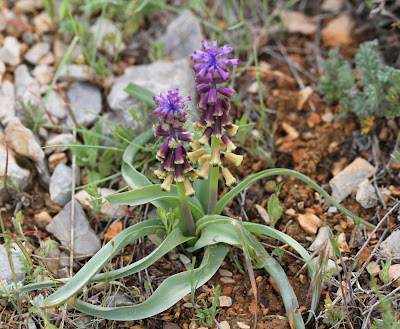 |
| Impatiens violoides Edgew. ex Hook.f., in Sharma, Adamowski, Naithani et Begum. 2024. |
Abstract
Impatiens violoides Edgew. ex Hook.f. (Balsaminaceae) is a little known steno-endemic spurless balsam species that was known only from a single type collection by Edgeworth in 1844. It is rediscovered after a gap of 179 years from its type locality in Shimla district, Himachal Pradesh, Western Himalaya. Augmented and detailed morphological description based on observations of living material is given along with global distribution; information on habitat and associated species, floral morphology photographs and IUCN red list assessment are also provided for the first time.
Eudicots, Balsaminaceae, endemic, Flora of India, rediscovery, taxonomy
Impatiens violoides
Ashutosh Sharma, Wojciech Adamowski, Harsh Bardhan Naithani, S. Noorunnisa Begum. 2024. Rediscovery of Rare Steno-endemic Impatiens violoides Edgew. ex Hook.f. (Balsaminaceae) from Western Himalaya, after 179 years of type collection. Phytotaxa. 644(1); 42-48. DOI: 10.11646/phytotaxa.644.1.6














































